Case Studies
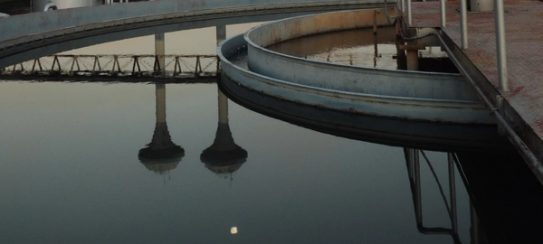
BioRemove 5190 Improved Plant Stability at Chemical Manufacturer
April 22, 2024
The application of BioRemove 5190 to the wastewater treatment system of a chemicals manufacturer led to significant improvement in plant stability.
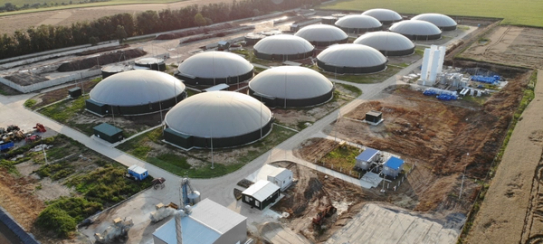
29% More Biogas and 51% Higher Power Generation in Anaerobic Digester with BG Max 3000
March 25, 2024
A slaughterhouse significantly improved the operation and biogas production of its waste sludge anaerobic digester with the usage of BG Max 3000.
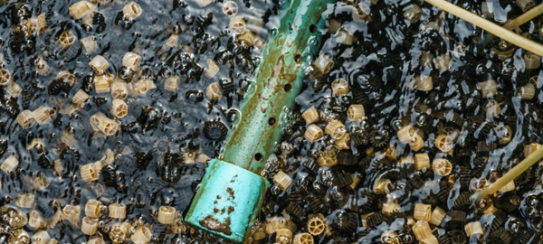
$10,000 Saved in Fixed-Film Reactor FOG Cleaning Costs
February 14, 2024
BioRemove FOG Boost was used as an alternative to physical cleaning to save $10,000 in costs by effectively removing FOG from a fixed-film reactor located underground.
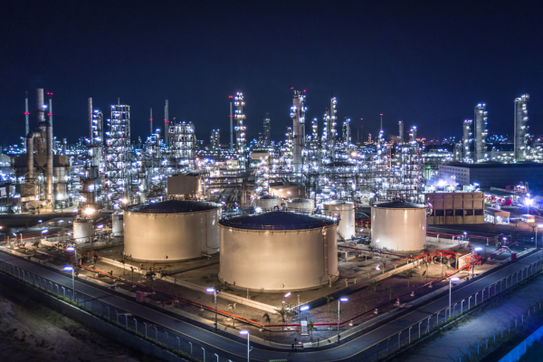
Phenol Control and Filament Reduction Saves $5,000 Per Day
January 18, 2024
A program was developed to meet plant goals by significantly improving the microbial community, enhancing its phenol degradation abilities, strengthening it against adverse effects of chlorination, and lowering its filamentous abundance.
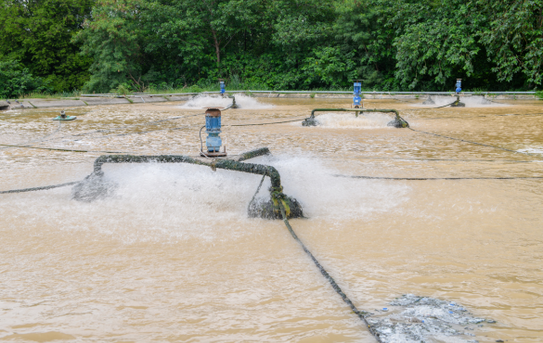
Municipal Lagoon Postpones $600,000 Dredging Project
December 7, 2023
A municipality increased its lagoon capacity and postponed a $600,000 dredging project with BioSpikes® 5000.
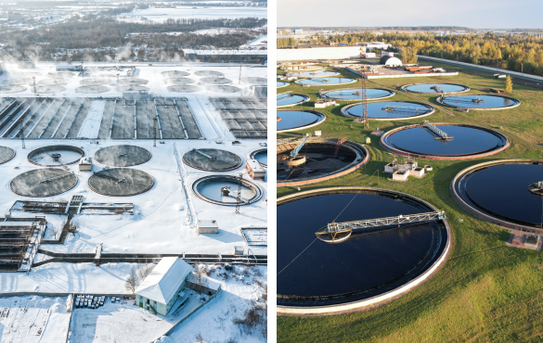
Enhancing BOD Removal in Winter and Controlling Odor in Summer
November 28, 2023
EnviroZyme’s OdorCap 5700 and BioRemove COD LT reduced odors and improved cold weather BOD removal in the fall and winter.
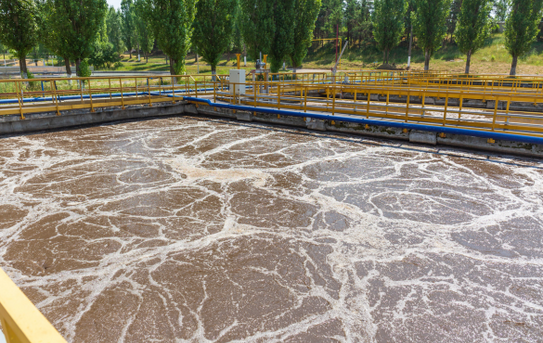
Effluent Ammonia Reduced by 97.5%
September 25, 2023
The application of BioRemove AM at an activated sludge plant brought the facility into compliance to meet effluent quality standards.
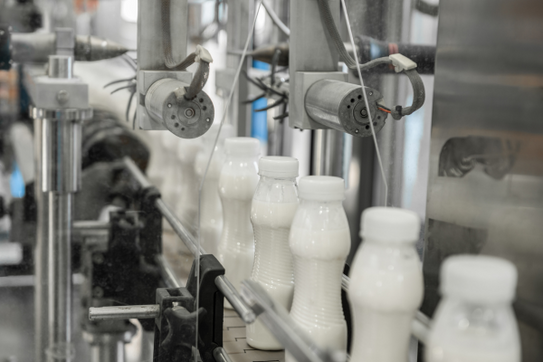
$40,000 Saved Per Year with Improved Settling at Dairy Plant
September 19, 2023
BioRemove FOG lowered the operating costs at a dairy plant by enabling treatment of a high-strength waste stream and improved settling.
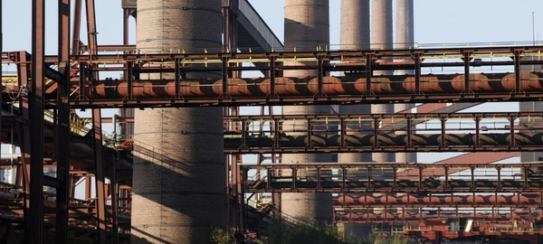
Compliant, Stable Effluent in Coking Plant
September 5, 2023
The application of BioRemove COD to a coking plant’s wastewater treatment system helped ensure compliance and stable effluent.
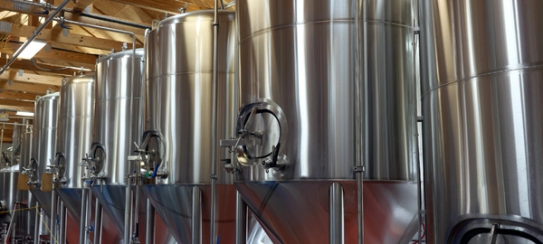
Optimized Brewery Production by Decreasing COD Removal and Improving Water Quality
August 7, 2023
A treatment with BG Max 3000 was initiated in a brewery to optimize the performance of the wastewater treatment plant (WWTP).
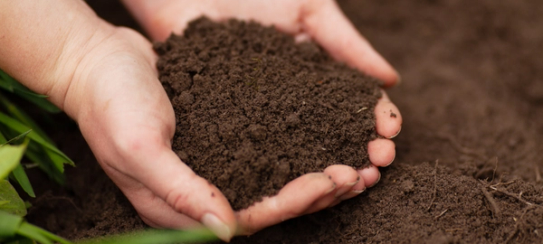
EnviroZyme® Remediates Soil Contaminated with Oil in Three Months
July 7, 2023
Treatment processes involve the removal of various contaminants to ensure effluent water is safe for continued use and downstream ecosystems. One important contaminant removed and retained in activated sludge are poly and per-fluorinated substances (PFAS).
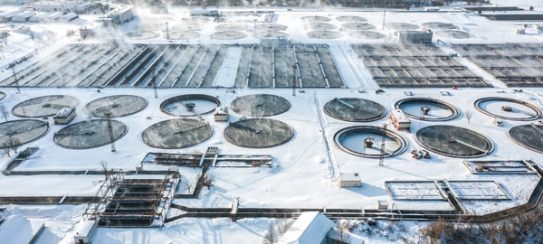
Municipal Case Study: Cold Weather Nitrification
May 1, 2023
BioRemove AM helped a municipal wastewater treatment plant stay up to code through a cold winter.
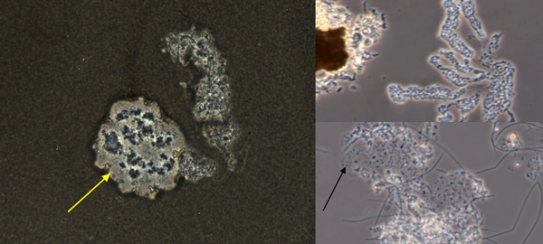
The Relation Between EPS and Viscous Bulking
September 9, 2022
In plants that utilize activated sludge, microorganisms produce extracellular polymeric substances (EPS) that play a definite part in sludge flocculation, but what happens when there is too much EPS?
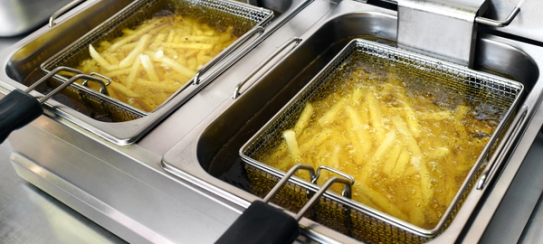
French Fry Factory Sludge
August 23, 2022
Explore EnviroZyme's case study on enhancing wastewater management at a French Fry Factory, demonstrating significant sludge reduction and improved efficiency.
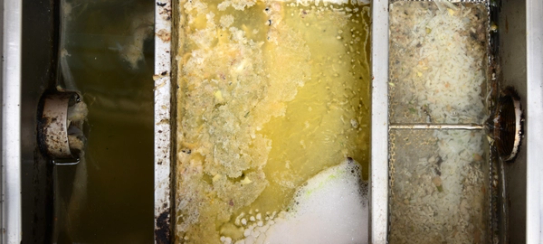
Treated Versus Untreated Grease Traps
June 16, 2022
The EnviroZyme team performed a grease trap study by experimenting with 2 grease traps. The goal of this experiment was to better analyze field grease trap conditions.
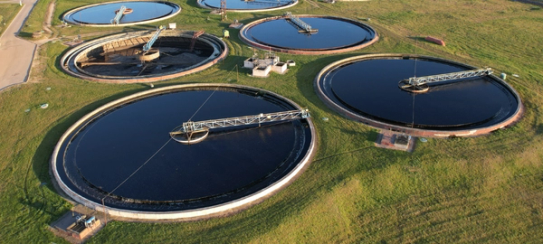
Restoring Nitrification in A Municipal Treatment System
April 22, 2022
Nitrogen is a key nutrient and essential for all living organisms for survival. Continue reading to learn how nitrogen goes from the atmosphere to living things through the Nitrogen Cycle and why it's important.
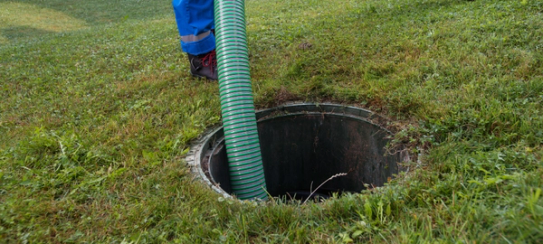
Experimenting with Septic System Treatment
March 29, 2022
Our team conducted an experiment using Septic Treatment to improve septic systems, which are used to treat wastewater from households or facilities who can'tdischarge into a municipal wastewater system.
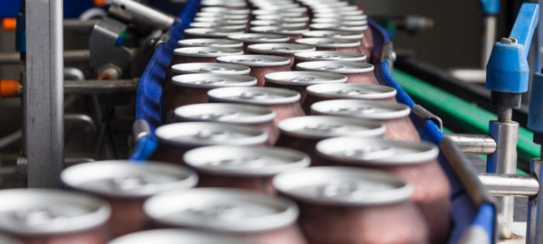
Bioaugmentation with a Brewery
January 12, 2022
A brewery packaging plant is responsible for inserting "heavy" beer, a liquid concentrate, into canned and bottle beer products. The plant in this case study handles over 50,000 barrels of beer per week and generates over 350,000 gallons of wastewater per day.
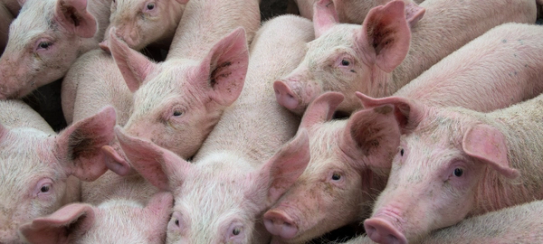
Treating Swine Manure in Hog Lagoon
December 12, 2021
A county groundwater education group was awarded a grant from Environmental Protection Agency (EPA) to fund testing on swine manure in hog lagoons. Hog lagoons are one way to fertilize crops in agriculture. Manure is converted by bacteria into nitrogen, creating useful nutrients that are used as fertilizer. The purpose of the study was to see a reduction in unwanted components and dry solids in this type of manure.
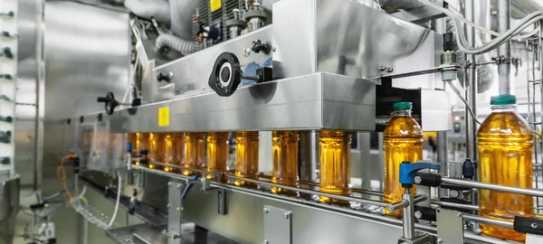
Case Study: Biological Treatment for Juice Company
October 7, 2021
A juice company began biological treatment to help control the physicochemical parameters in their effluent. Physicochemical parameters are physical and chemical conditions that affect water quality, like pH and temperature. To comply with the juice company'sstandards, levantine intermediate water (LIW) from the natural juice manufacturing processes were treated with EnviroZyme® FOG Digester 5B.
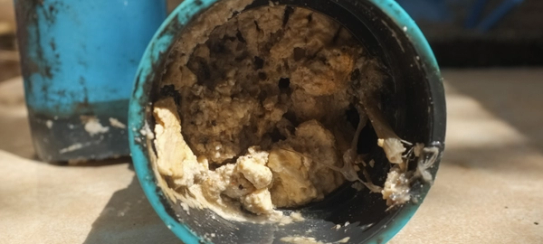
Microbiological Treatment for Grease in Pipes
August 26, 2021
A production plant in the pork supply industry faced issues with grease clogging production pipelines and causing foul odors. From July 29 to October 29, EnviroZyme® Concentrated Grease Control 10X was added to the pipes once a week to determine whether or not it would be effective against the ongoing grease problems.
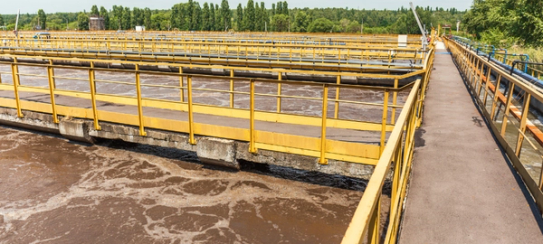
High Grease Food Processing
November 4, 2020
For the period of 1 year, an EnviroZyme® WWT product was applied in a municipality's activated sludge plant, which was experiencing difficulties settling due to a high level of grease in its 5 MGD influent and resulting filamentous bacteria. In addition, the plant operators were seeking methods to reduce the high costs incurred dealing with their elevated amounts of secondary sludge.
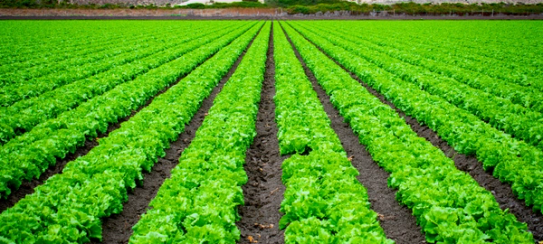
Bioaugmentation of an Agricultural Wastewater Lagoon
September 23, 2020
From October 2019 to January 2020, EnviroZyme® Lagoon Pucks rapid-dissolve biological solids with concentrated bacterial strains specially selected for treating municipal, industrial, and animal wastewater were applied to the severely overloaded lagoon of a South American agricultural company with 8,000 dairy cows.
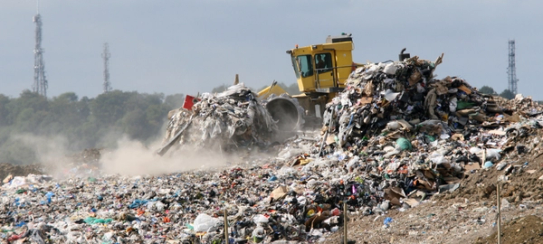
Why Bacillus Species Are the Future of Odor Control
August 18, 2020
The decomposition of organic matter - whether plant-based like leaves, fruit, and oil or animal-based like meat, dairy, and excrement - produces volatile fatty acids, or VFA. VFA are essential intermediates that play an important role in biodegradation, particularly in anaerobic environments, and are related to malodors.
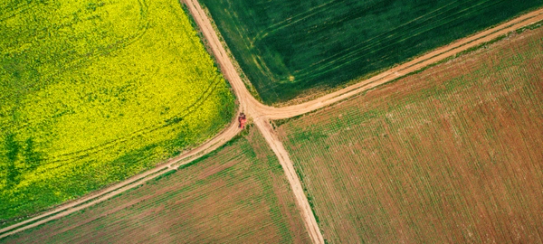
Reduce Sludge without Dredging: Lagoon Remediation Program
July 9, 2020
A village in the middle of Michigan's agricultural heartland contained 3 wastewater lagoons with elevated volumes of sludge on their floors. They entered into a year-long lagoon remediation program with EnviroZyme to reduce the volume of sludge and defer dredging costs in each of the 3 lagoons using WWT 5B Brown.
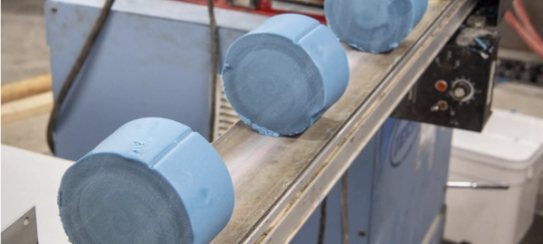
Dissolution Rates: Why Not All Solids Are Created Equal
June 15, 2020
Solids are designed to provide continuous biological treatment by dissolving over a length of time, anywhere from 24 hours up to 90 days. This type of delivery system offers many pros: Longer service times, Delivers chemical without a pump or labor needed, Can deliver bacteria in conjunction with other water treatment chemicals...
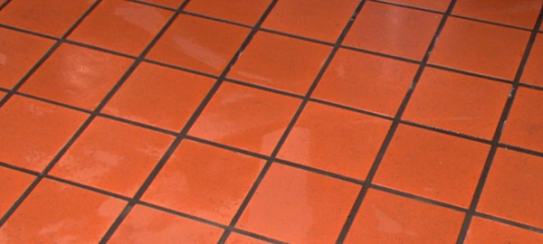
EnviroZyme® Eliminates FOG Buildup from Floor in Simple but Powerful Experiment
May 18, 2020
With today's busy environment and long hours, finding the time to properly and thoroughly clean floors is almost impossible for many commercial kitchens, restaurants, cafeterias, grocery stores, and food preparation areas across industries. Over time, fat, oil, and grease (FOG) buildup creates deeply packed-in soil, especially with porous tile and in hard-to-reach grout lines, cracks, crevices, and corners. This buildup creates the increased possibility for slip and fall accidents.
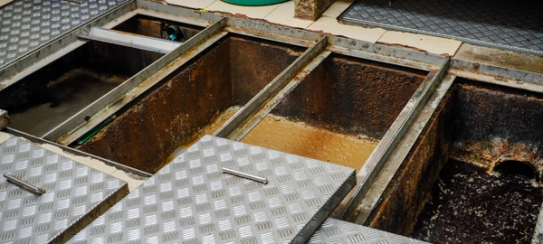
EnviroZyme® Provides Controlled Grease Treatment for Traps
February 24, 2020
What Are Grease Traps? A grease trap is a plumbing device designed to intercept most greases and solids before they enter a wastewater disposal system. The traps reduce the amount of fats, oils, and greases (FOGs) that enter sewers. How Do They Work? The grease trap tank acts as a reservoir holding the wastewater and food solids that enter the trap. As the wastewater cools, the fat, oil, and grease (FOG) harden and the food solids settle. The FOG, being lighter than water, floats to the top of the grease trap.
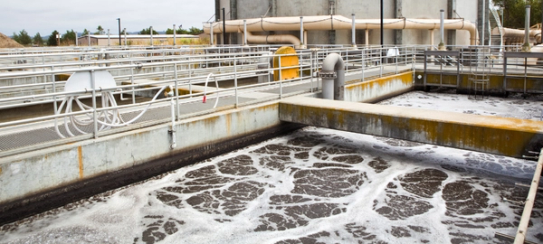
EnviroZyme® Eliminates Foam in Municipal Wastewater Trial
January 14, 2020
EnviroZyme® partnered with a municipal wastewater treatment plant in New York that receives wastewater with high FOG (fat, oil, and grease) content from a local snack food manufacturer, as well as waste from the nearby city, and had been experiencing issues with severe foaming.
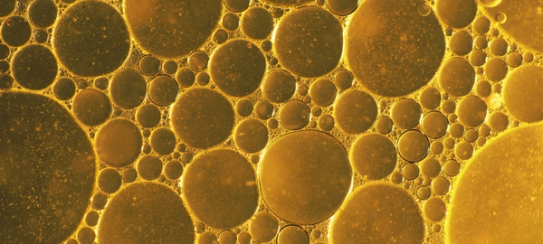
Restaurant Lift Station Trial Exhibits Successful FOG Reduction with EnviroZyme®
October 21, 2019
EnviroZyme® conducted a restaurant lift station trial in order to study FOG (fat, oil, and grease) reduction resulting from treatment with bacteria, specifically with our FOG Block product. The lift station in our trial located outside the busiest restaurant in a tourist town had been experiencing problems related to FOG loading from the restaurant's wastes for the better part of the summer.

Pond Trial Demonstrates Successful Water Clarification with EnviroZyme®
September 20, 2019
EnviroZyme® conducted a summer pond trial in Northern California in order to study organic reduction and water clarification resulting from treatment with bacteria, specifically with our Biological Pond Treatment product. The 75-acre pond located outside of the river club for community residents had been experiencing high organic levels that seemed to be increasing each year.
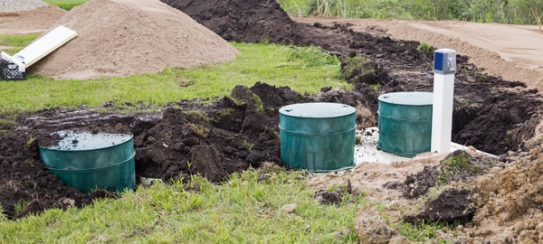
Wastewater and the Septic System
August 20, 2019
What is a septic tank? For the 20% of American households and institutions that are not hooked up to a sewer system, everything that goes down any of the drains (toilets, showers, sinks, laundry machines) travels first to the septic tank. The septic tank is a large-volume, watertight tank that provides initial treatment of wastewater by intercepting solids and settleable organic matter before disposal of the wastewater (effluent) to the drainfield.